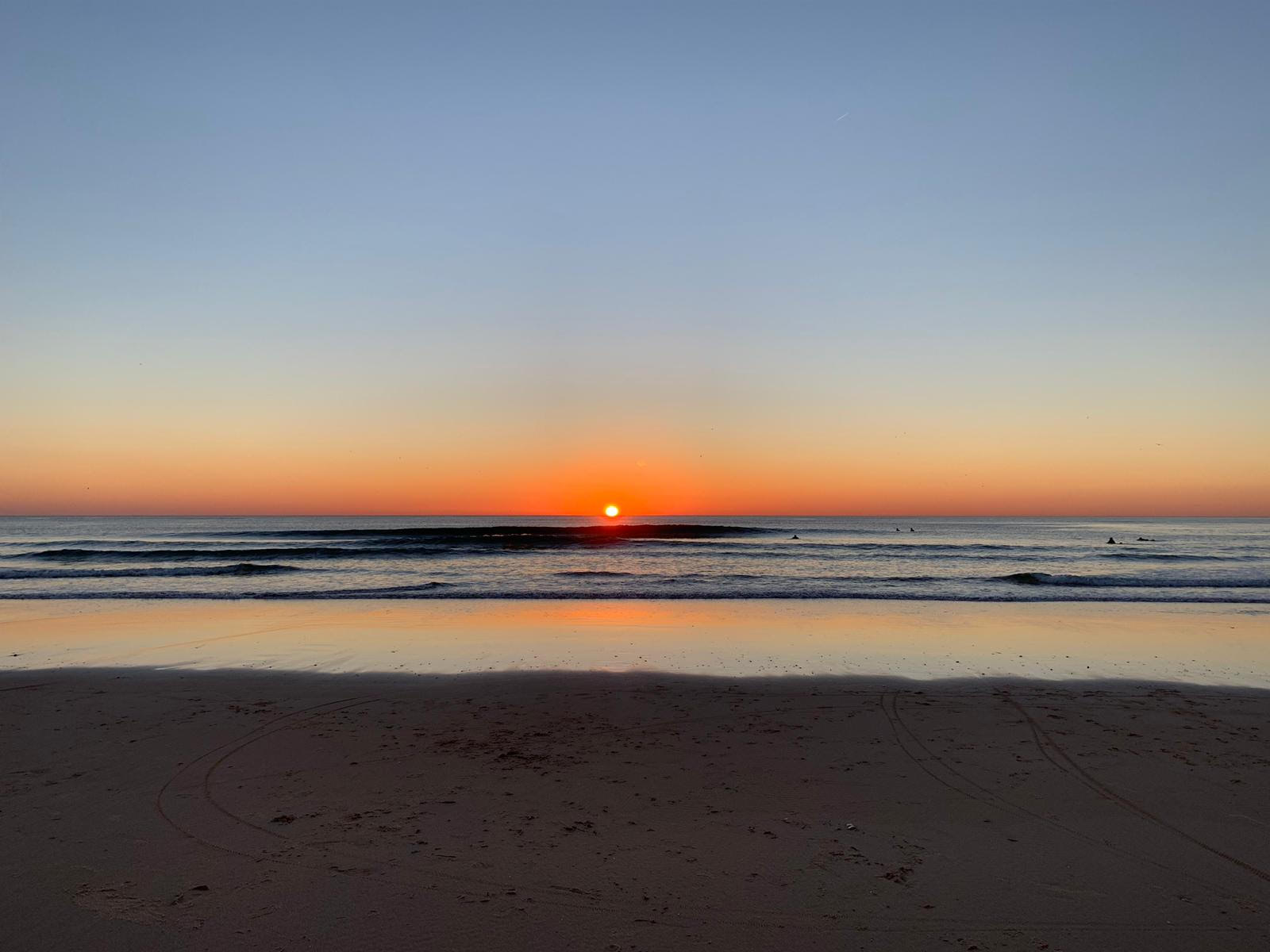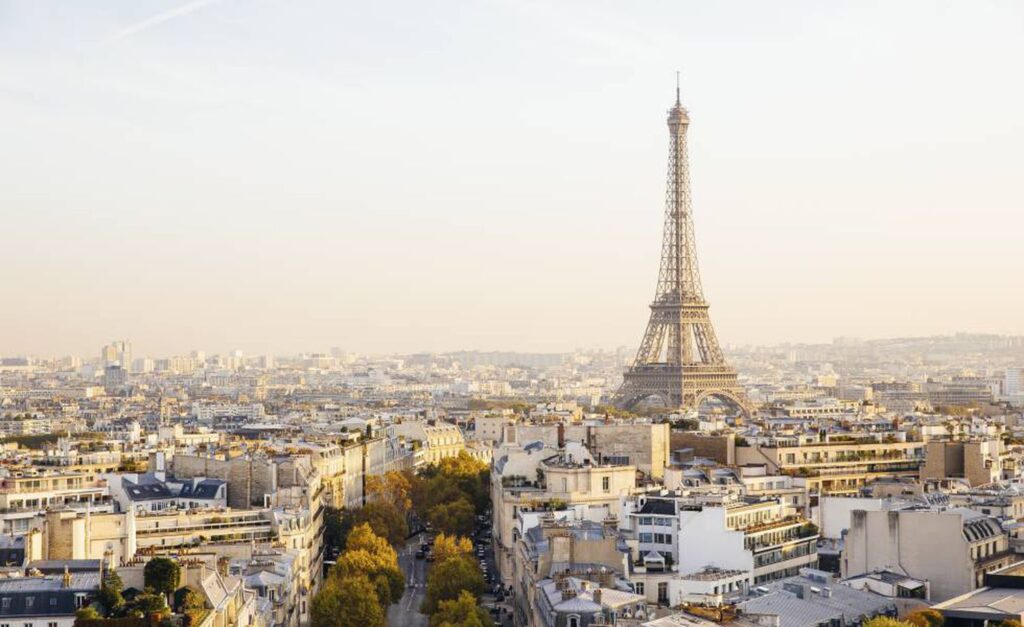In this interesting article from Claudio Marazzini La Repubblica (Italy), we hear about the opening of the Museum of the Italian Language in Florence and how the linguistic patchwork of dialects, accents and words throughout the country and across centuries have contributed to its rich literary and cultural history.

Here is its translation into English:
Excitement for the news had come around again, even if the decision to locate the museum of the Italian Language in Florence had already been announced by President Conte and by Minister Franceschini. We knew that the city’s local administration had instantly shown its concrete interest in something new that posed a challenge, given that this was a somewhat different museum to what we’ve become accustomed. Some cynics may lay claim to the real museum of the language being the street, where the language lives and changes every day. However, a museum should offer something more than the street can, that is, an experience that is focussed, comprehensive and diverse, allowing the infinite wealth of the written and spoken language; ancient and modern, cultured and vernacular, to be absorbed simultaneously. For example, how many are aware that the Italian territory is amongst the richest in the world in terms of linguistic variety? In fact, within the peninsula we have a literary language of outstanding quality, derived from the Medieval Florentine dialect, and which became prevalent throughout the nation, firstly in academia, then amongst the entire population: it is the language over which the Accademici della Crusca (members of the Italian Language Assembly) have fought since 1583. But we also have a profoundly rich collection of local accents, dialects, slangs, minority languages, some full of historical charm that transport us to a distant past in a kind of real-time archaeology of the language: think of the Greek islands of Calabria and Puglia, whose legacy is long-debated as being that of Magna Graecia or Byzantium.
How many remember that there exists an island of Catalan in Alghero? Or that the Albanesi (lit. Albanian) islands derive from the last resistance in the face of the oncoming Ottoman army and whose communities, when reunited in Italy after the death of the Albanian hero Scanderberg, even maintained their Orthodox practices in addition to the language, rendering them somewhat different to the current Albanians and perhaps representing an earlier, pre-Islamification era for them. So, from region to region, from Piemonte to Sicily, from Valle d’Aosta to Trenino Alto Adige, the linguistic variety represents and recounts the story of the Italian people, their struggle to find unison, and the integration of new peoples. The museum will therefore represent the linguistic diversity of the peninsula; the voices of the people who live there will be able to be heard through video, sound recordings, and multimedia platforms. The very same museum will also display the oldest documented evidence of the Italian language, the milestones of the literary language, the documented maxims that brought about Dante’s La Commedia, the poetic works of Petrarch’s collections, the lexicons of La Crusca, and the letters documenting the works of writers such as Tommaseo, Manzoni or Gadda.
Alongside the language of the Italians and the documents of the literary, musical and culinary tradition (one is to think only of the wealth of pasta and bread nomenclature), I would also like the museum to highlight the latest developments in the language; perhaps the neologisms of the month, which can already be found on La Crusca’s website. This is not to say that these words last, but that they are sign of the language’s health, of its perpetual metamorphosis, evidence of which we have even seen during la Covid-19. I have chosen to feminise it, but many will remember the recent heated debates over the linguistic gender of Covid-19. This brings to mind what space should be apportioned to discussions on the standard, and I would like the visitor tell the story of their own, to leave the footprints of their own journey in the museum; be it that of a native citizen’s mother tongue, be it a new immigrant to Italy who wants to learn more about the country that has now also become their own, in closing, be it also a visitor from overseas, because this site should become an attractive lure for those who have studied our language, and who will be able to simultaneously visit the city of Dante, see the artistic masterpieces, the Uffizi, and will enter the museum of the language and languages of Italy with their eyes full of those artistic memories, in order to know and understand our country, its nature and its history better.
I shall finish with a proposal. The decision for the location of the museum has fallen favourably on Florence, a necessary one given that the headquarters of l’Accademia della Crusca is also there; imagine how great it would be to have a shuttle transport the visitor from the museum to Castello, in the Medicean Villa, to arrive at the Sala della pale (Hall of Shovels), which always exudes a certain allure. Could you suggest a better place to end a visit to the museum of the Italian language?
*The author, Claudio Marazzini, is the president of the Accademia della Crusca.
Translation by Simon Laing.
For more information on PokoPeko, our Language Tuition, Translation or BD Services:
Contact us here using one of our forms
Or Follow us on Social Media

